On doctor’s orders: 10 rules to keep healthy on the bike during winter
How to stay safe and healthy on the bike this winter – what would a cycling doctor do? Josephine Perry, herself a doctor of psychology, calls up her colleagues to find out


As I sat in the waiting room of my doctor’s surgery, dreading having my worries dismissed because I was there with a cycling injury, the sight of my GP’s bike helmet hanging on the back of the door instantly dissolved my fears. I hoped that, as a cycling medic, she would ‘get’ why cycling mattered and sympathise with my frustration at being sidelined from the sport I love, while doing her best to help me back on the bike. And she did.
Doctors seem to love cycling. The Whitfield Surgery in Dundee, Scotland, has just bought its own fleet of electric bikes for home visits. Bike racks outside hospitals are rammed, and when time-trial start sheets used to include titles, a surprising number of names were prefixed “Dr”. So why not make the most of our sport being full of health experts?
We thought we should quiz a selection of them to get their unique insight into how to be smartly and safely health-conscious as a cyclist. What would a cycling doctor do? What would he or she advise a fellow rider?
Seven bike-loving medics spanning A&E, orthopedics, endocrinology, psychiatry, sport and general practice agreed to get involved. This is their advice on how to stay healthy and injury-free over the coming Covid winter.
1. Don’t let Covid kibosh your cycling

We can all reel off our own personal list of the ways cycling benefits us, and doctors are no different. GP Dr David Spitzer is clear on its value to him. “Cycling helps me switch off from work and life’s other stresses – it clears my mind, as I find it impossible to think of anything other than the road.”
Doctors have more than anecdotal evidence. A study of 263,450 UK commuters published in the British Medical Journal in 2017 looked at how they travelled to work and their health status years later. A significantly higher percentage of those who rode to work were alive five years later compared to those who drove, and there were fewer cases of cancer and cardiovascular disease among the regular cyclists.
Get The Leadout Newsletter
The latest race content, interviews, features, reviews and expert buying guides, direct to your inbox!
Professor Chris Oliver recently retired as an orthopedic surgeon, but remains an endurance cyclist who loves long adventures on his bike: “Cycling reduces the risk factors for a number of diseases, including cardiovascular and respiratory diseases, some cancers, as well as Type-2 diabetes.”
>>> Subscriptions deals for Cycling Weekly magazine
But is isn’t only physical factors that interest Oliver. “I don’t think people really appreciate that cycling also has positive effects on mental health and general wellbeing,” says Oliver, listing a reduced risk of dementia, improved sleep quality, greater sense of wellbeing and lower pollution from reduced car use.
“The overall evidence is that the health benefits of cycling outweigh any potential health risks and harms.”
2. Riding indoors can be a tonic
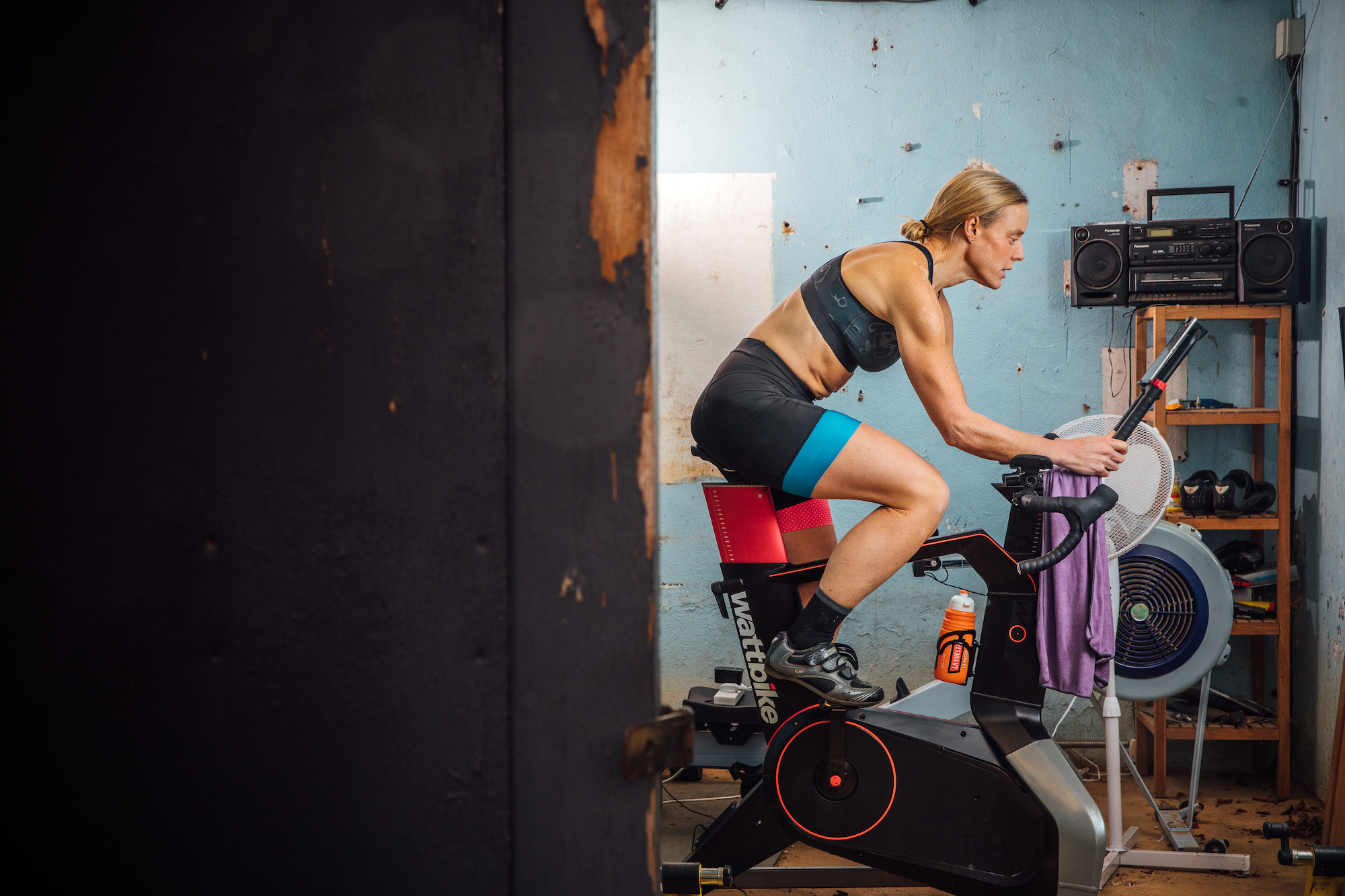
Though we benefit from the time outside, there are times when the weather makes it less safe and less appealing. At such times, indoor riding provides a great alternative. Stephen Eastaugh-Waring, an orthopedic and trauma surgeon, suffered a heart attack in 2013. The Rapha Cycle club member now rides to a restricted heart rate, and so has become a huge fan of smart-trainers.
“They have revolutionised training. I can do a worthwhile session in 30 minutes on Zwift,” enthuses Eastaugh-Waring. “It has kept me sane and allowed me to do 7,000km in the last three years. Apps like Zwift and Sufferfest make training interesting, structured, accessible, and safe.”
3. Get savvy about stress
Whether we ride outside or in, have a high workload or more laidback lifestyle, we all get tired sometimes and experience the negative impact on our cycling performance. What is important to remember is that our bodies don’t distinguish between different types of fatigue – and it all adds up.
Professor Oliver says the biggest mistake he sees riders make is “overtraining and being too competitive while chronically fatigued”. If you’re in a high-pressure job requiring lots of concentration, you’re even more liable to hit upon problems. “Trying to be a high-level cyclist while doing a busy job... it’s just not possible.”
One way to keep an eye on these mounting levels of fatigue and stress is through biomarker tracking, allowing us to keep an eye on how our hormones are behaving. “Hormones are impacted by athlete behaviours, so testing biomarkers is a valuable training metric to see if you have the balance right,” says Dr Nicky Keay, a sports endocrinologist.
4. Obey infection control basics
We may all roll our eyes when we see yet another newspaper headline telling us about yet another ‘magical’ food to boost our immunity, but our doctors are clear that fending off infections comes down to common sense: “A good healthy diet and appropriate sleep,” advises Professor Oliver – adding that, in our Covid world, social distancing and mask wearing are the added essentials.
James Chan, an emergency medicine doctor who uses his bike for commuting to work, told us that it also makes sense to avoid crowded indoor spaces. Meanwhile, Dr Keay urges vitamin D supplementation – she ran a study a few years ago with 50 competitive male road cyclists, which found that many had low levels. Vitamin D is essential for bone and muscle strength, and also supports the immune system.
It isn’t just about boosting the immune system to fend off bugs, but also to protect against our own behaviours. Dr Keay explains: “The stress of heavy training increases cortisol, which can suppress your immune system. So it is important to factor in recovery and ensure you have good sleep patterns.”
5. You can cycle too much
“There is an upper limit on what is a healthy amount of exercise,” says Dr Keay. Overtraining doesn’t just impact our immune system, but increases our chances of bone injury and hormonal imbalances. This form of harm can show up as stress fractures or diminished sex drive; the first sign for a female rider may be a missed period.
Training too much has mental health effects too. “Cyclists who persistently overreach and get depleted are at increased risk of developing mental health symptoms,” warns Alan Currie, a consultant psychiatrist in a specialist centre for mood disorders based in Newcastle. In his work with the English Institute of Sport (EIS), Currie studies the impact of high-performance efforts. “Cycling can be harmful to mental health at the high-performance end, where risk factors can congregate – frequent injuries and concussions; contracts that are suddenly terminated; performance concerns.” So, if your cycling has got closer to the elite end and you are riding at high intensity for prolonged periods several times a week, be aware of the risk.
6. Stay alert and ride defensively
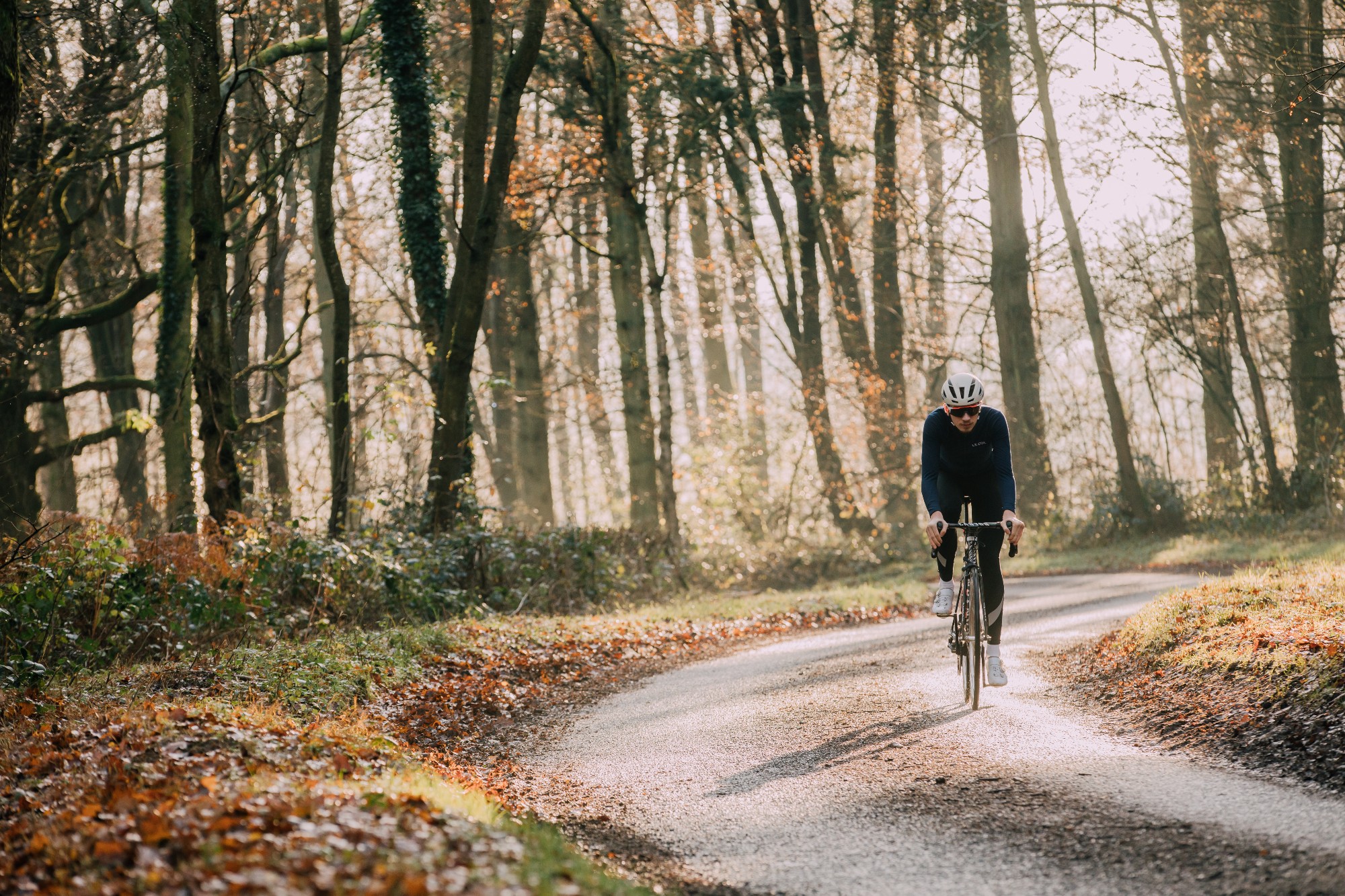
A big fear for many riders is crashing. And it is a realistic fear. While we can make sure our bike is well maintained and roadworthy, when we are on the roads we have no control over the quality of the tarmac or the behaviour of drivers around us. It is the A&E and orthopedic doctors who patch up our road rash and broken bones after something has gone wrong.
Our doctors’ first piece of advice is not to drift off or daydream. “Live in the moment,” says Professor Oliver. “Use mindfulness as a coping strategy for endurance rides, to stay focused on what is going on around you.”
The medics we spoke to also advise riding defensively, expecting the worst to happen. Dr Chan attests to the dangers of not riding defensively from personal experience – his arm is currently in a sling after an accident. “I do find myself cringing when I see cyclists on very busy roads hugging the kerb with very fast cars passing too close. I wish more cyclists would take quieter routes, or if those busy roads are unavoidable, learning to ride defensively and owning the road and riding a metre away from the kerb.”
If you feel it is too dangerous for a car to overtake, position yourself towards the middle of the lane, urges Chan. “This helps keep other road users safe, and dissuades dangerous manoeuvres that could put you as a cyclist in harm’s way.”
7. Keep calm and quell the rage
All of this riding defensively means the threat part of our brain is constantly alert, looking out for anything that might take us down – deep potholes, careless drivers or pedestrians stepping out. This keeps us physically safe, but means we are in a constant ‘fight, flight or freeze’ mode, which is not only tiring but also demanding on our mental health.
Psychiatrist Alan Currie warns against getting angry on the road. “It doesn’t help. It won’t assist your cycling. It won’t change the behaviour of the thoughtless majority, and arguing roadside with the belligerent and combative minority is both futile and potentially dangerous.” Currie isn’t calling for total serenity; he acknowledges that it isn’t always easy to quell your frustration.
8. Don’t expect cycling to be a panacea
Though cycling has numerous benefits, it doesn’t fix everything. Sometimes we need to look further afield. All our doctors agree that what is most important is not specifically the type of exercise you do, but whether you enjoy it.
>>> Cycling Weekly is available on your Smart phone, tablet and desktop
“If you don’t enjoy an activity, you won’t stick to it,” says Dr Chan, while GP Spitzer tells his patients: “The best, and probably only, way to lose weight with exercise is to find a form of exercise you enjoy.”
And, of course, regular exercise doesn’t excuse us from eating healthily. You can’t out-pedal a lack of nutrients or glut of sugars. “You can’t eat with impunity no matter how much you cycle. Eating bad foods is still bad for you and you can still find yourself putting on too much weight, or putting yourself at risk of diabetes by consuming too much simple carbohydrate or sugar,” warns Dr Chan.
9. Pedal back to health post-op
Stephen Eastaugh-Waring reminds us that cycling can be part of surgical rehabilitation, for example as joint replacement recovery.
“It’s low-impact, works the gluteus muscles and allows a high cardiovascular benefit,” he says. “I have two such patients in the GB tri team, and many others cycling 100 miles plus – it debunks the myth that joint replacement ends hopes of meaningful exercise or competitive sport.”
10. Shave away
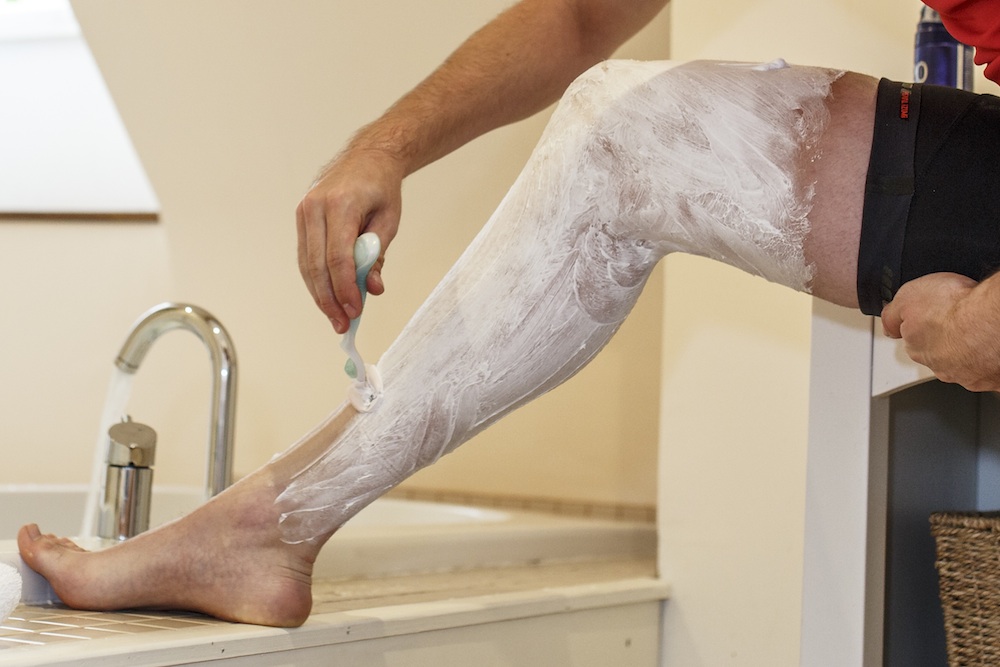
Finally, less for our health and more for our aesthetics, Professor Oliver debunks the myth that waxing is superior to shaving. Shaving does not make the hair grow back faster, darker or coarser.
“This was even backed up by a British Medical Journal paper in 2007,” he says.
So here’s our bike-loving doctors’ advice in very quick summary: keep riding over winter; jump onto the turbo when the roads get icy; don’t try to do it all; sleep well; eat better; don’t go OTT on the training hours; ride defensively (and calmly); find a type of riding you love… and put away the wax strips!
None of which is merely CW’s advice – it’s doctor’s orders!
This feature originally appeared in the print edition of Cycling Weekly, on sale in newsagents and supermarkets, priced £3.25.

Thank you for reading 20 articles this month* Join now for unlimited access
Enjoy your first month for just £1 / $1 / €1
*Read 5 free articles per month without a subscription

Join now for unlimited access
Try first month for just £1 / $1 / €1
Dr Josephine Perry is a Chartered Sport and Exercise Psychologist whose purpose is to help people discover the metrics which matter most to them so they are able to accomplish more than they had previously believed possible. She integrates expertise in sport psychology and communications to support athletes, stage performers and business leaders to develop the approaches, mental skills and strategies which will help them achieve their ambitions. Josephine has written five books including Performing Under Pressure, The 10 Pillars of Success and I Can: The Teenage Athlete’s Guide to Mental Fitness. For Cycling Weekly she tends to write about the psychological side of training and racing and how to manage mental health issues which may prevent brilliant performance. At last count she owned eight bikes and so is a passionate advocate of the idea that the ideal number of bikes to own is N+1.
-
 A bike rack with an app? Wahoo’s latest, and a hub silencer – Sea Otter Classic tech highlights, Part 2
A bike rack with an app? Wahoo’s latest, and a hub silencer – Sea Otter Classic tech highlights, Part 2A few standout pieces of gear from North America's biggest bike gathering
By Anne-Marije Rook
-
 Cycling's riders need more protection from mindless 'fans' at races to avoid another Mathieu van der Poel Paris-Roubaix bottle incident
Cycling's riders need more protection from mindless 'fans' at races to avoid another Mathieu van der Poel Paris-Roubaix bottle incidentCycling's authorities must do everything within their power to prevent spectators from assaulting riders
By Tom Thewlis
-
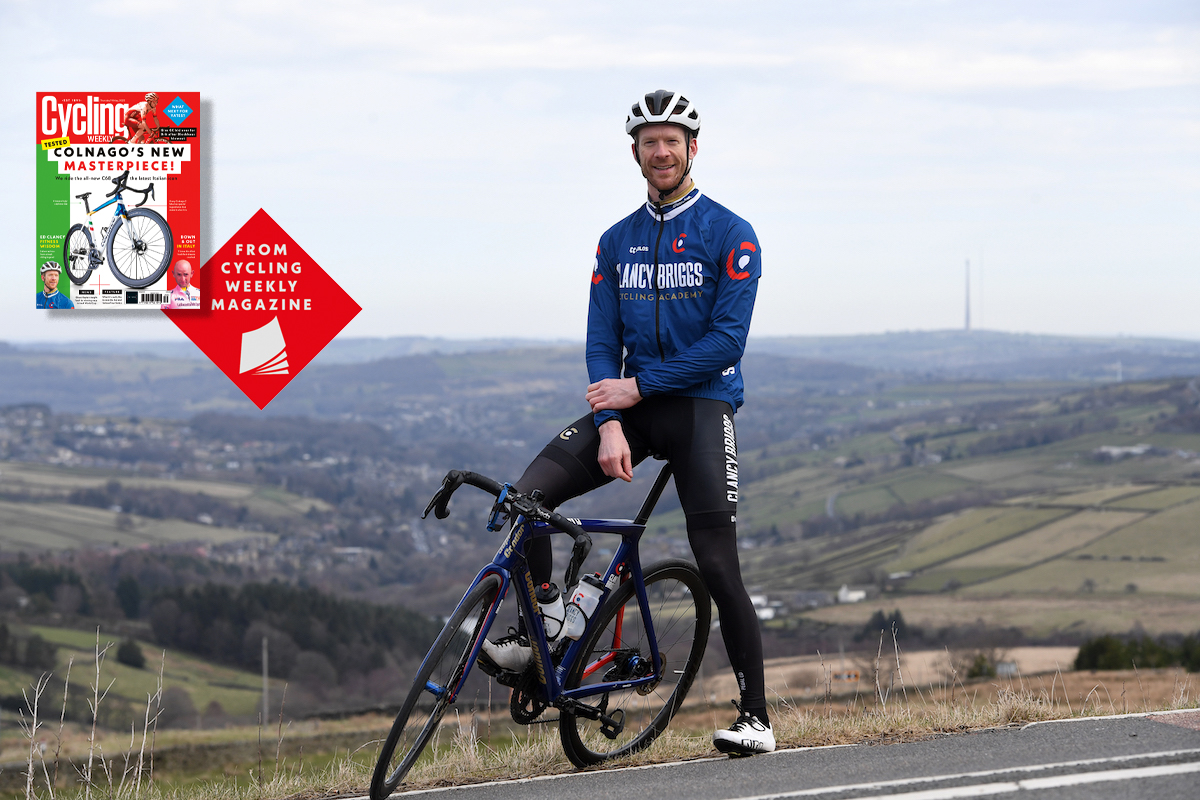 Ed Clancy on his peak power of 1,700 watts, not going to the gym, and his top fitness tips for you
Ed Clancy on his peak power of 1,700 watts, not going to the gym, and his top fitness tips for youMore than a decade competing at the top of cycling, with three Olympic gold medals to his name, Ed Clancy passes on some essential fitness advice
By Chris Marshall-Bell
-
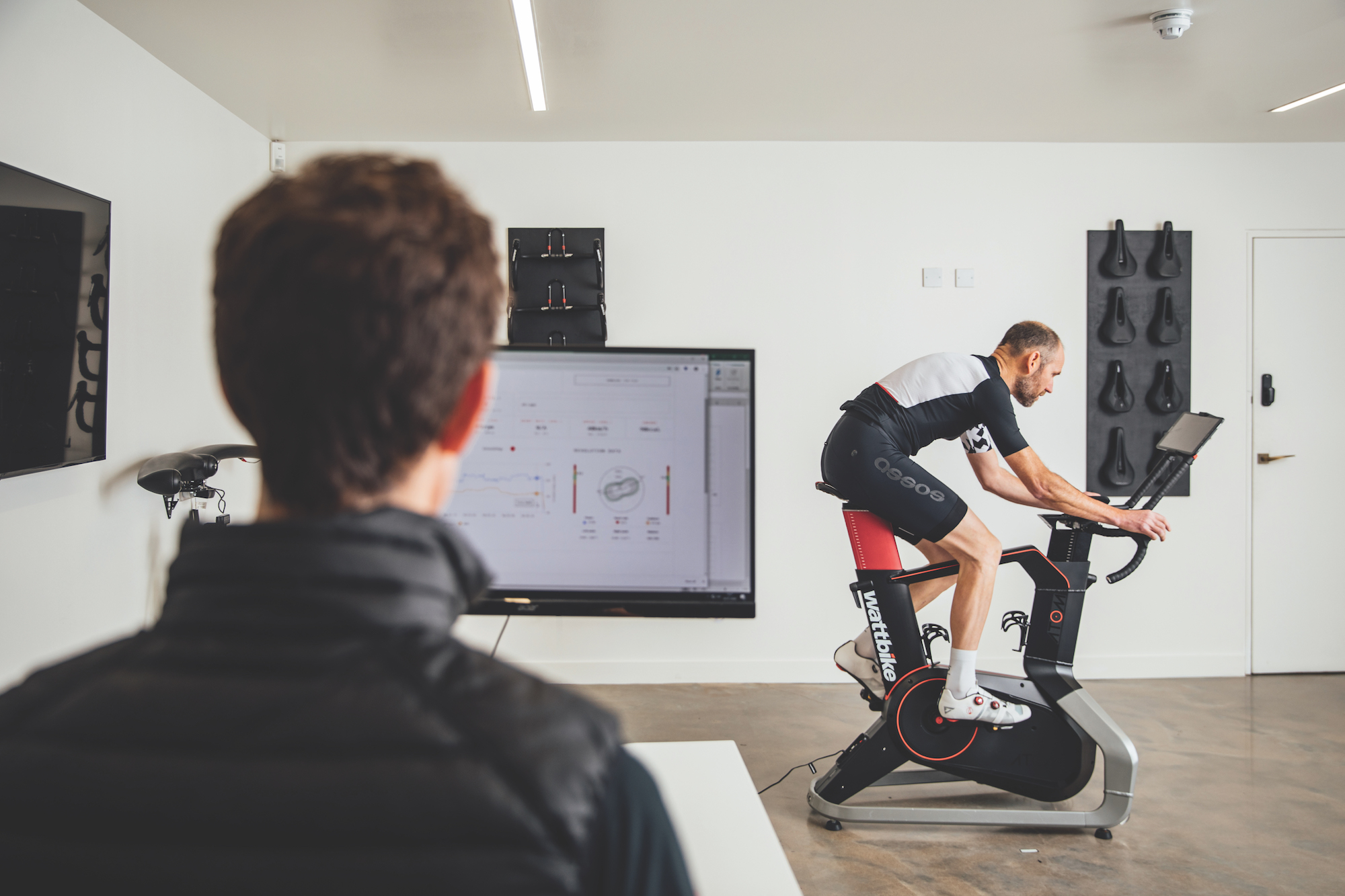 Is better pedalling really the next big wellspring of untapped watts?
Is better pedalling really the next big wellspring of untapped watts?Eager to substantiate his souplesse, Simon Smythe gets his pedal stroke analysed by an expert
By Simon Smythe
-
 Home testing: The best way to measure your fitness levels
Home testing: The best way to measure your fitness levelsPhysiological testing is no longer the preserve of the sports science lab. Coach Tom Bell explains how to measure your key benchmarks from the (dis)comfort of your home
By Tom Bell
-
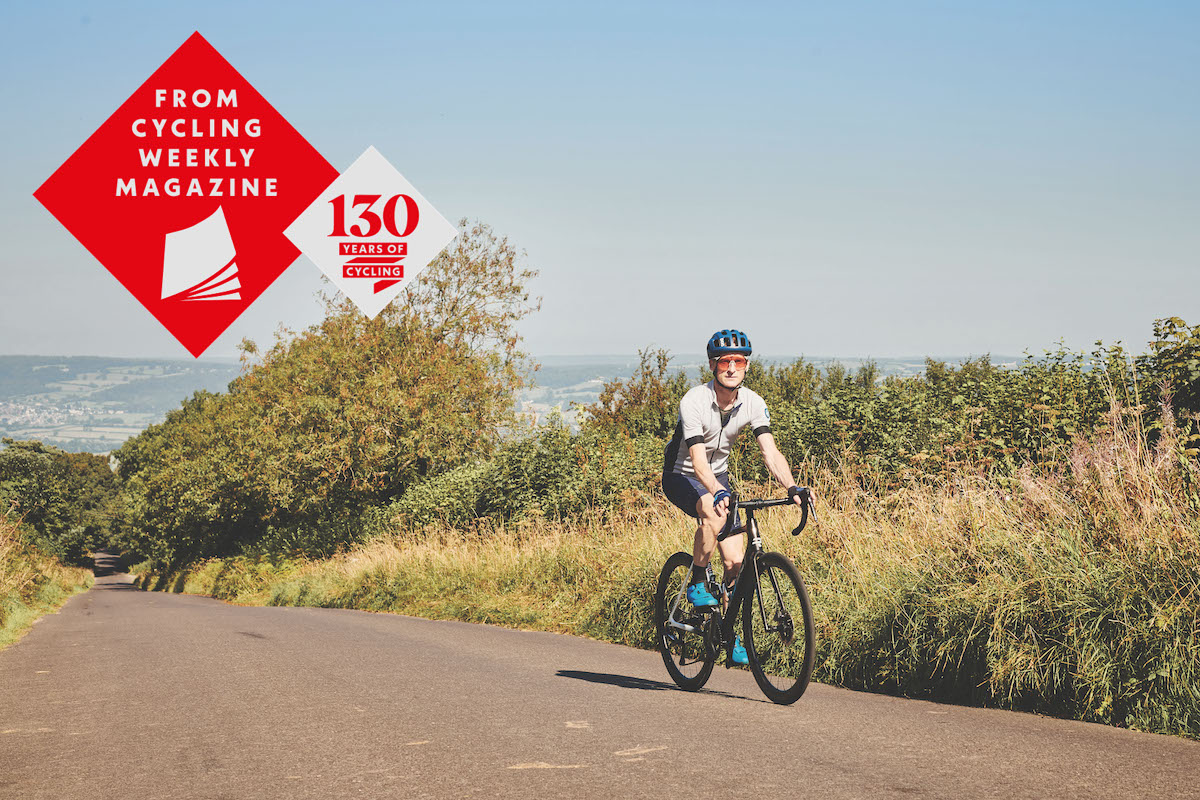 Secrets of the mountain G.O.A.T.s
Secrets of the mountain G.O.A.T.sWhat does it take to excel as a climber? We asked a selection of mountain GOATs – greatest of all time in their respective uphill specialism, from one minute to two full days
By Chris Marshall-Bell